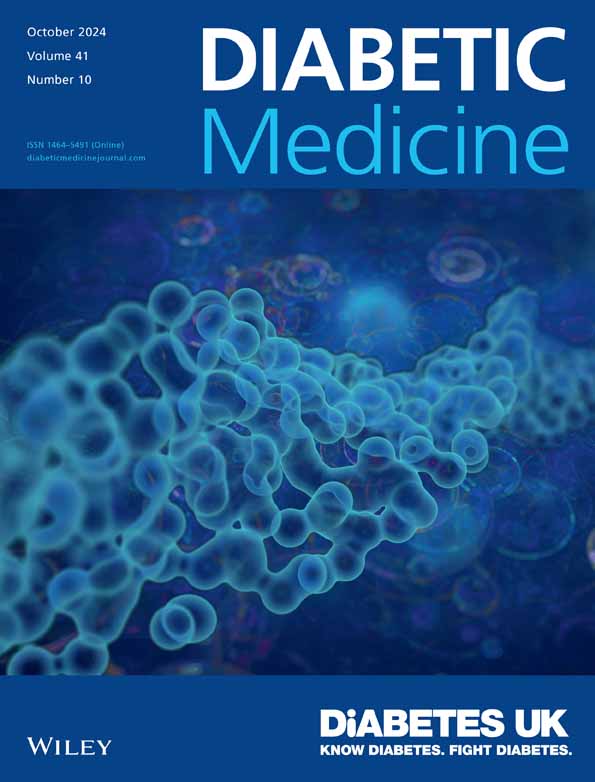Impact of ultrasound-diagnosed lipohypertrophy subtypes on insulin regimen adjustments in patients with T1DM
Abstract
Aims
To investigate the effects of different subtypes of lipohypertrophy (LH) on insulin total daily dose (TDD) requirements in patients with type 1 diabetes mellitus (T1DM), and to propose subtype-specific insulin dosage adjustment strategies after avoiding injection at sites of LH.
Methods
This prospective observational study enrolled hospitalised T1DM patients with a disease duration ≥1 year. Point-of-care ultrasound was performed immediately after their admission to determine the presence and the specific type of LH. An insulin pump was installed away from the LH sites of each patient. Continuous subcutaneous insulin was infused to control their blood glucose, and the insulin dose was titrated gradually until their blood glucose stabilised to the target.
Results
A total of 288 patients were included. According to ultrasound screening, 104 patients (36.11%) were LH free (LH-0) and 184 patients (63.89%) were found to have LH (LH+), of which 114 had nodular hyperechoic LH (LH-1), 62 had diffuse hyperechoic LH (LH-2) and 8 had hypoechoic LH (LH-3). Paired-sample t-test showed that all LH+ groups had a decrease in TDD and TDD/body weight after avoiding injections at the lesion sites (all p < 0.05). Compared with the LH-0 group, the TDD and TDD/body weight of the LH-2 and LH-3 groups were significantly reduced (all p < 0.05), whereas there was no significant change in the LH-1 group. Among the TDD reduced in the LH-2 and LH-3 groups, the bolus insulin dosage reduced accounted for the vast majority, with 88.05% (8.55/9.71 international unit [IU]/day) and 74.78% (18.12/24.23 IU/day), respectively.
Conclusions
TDD reductions vary among patients with different subtypes of LH. Nodular hyperechoic LH may not require immediate dose adjustments. Patients with diffuse hyperechoic and hypoechoic LH necessitate bolus-focused dose reductions.

 求助内容:
求助内容: 应助结果提醒方式:
应助结果提醒方式:


